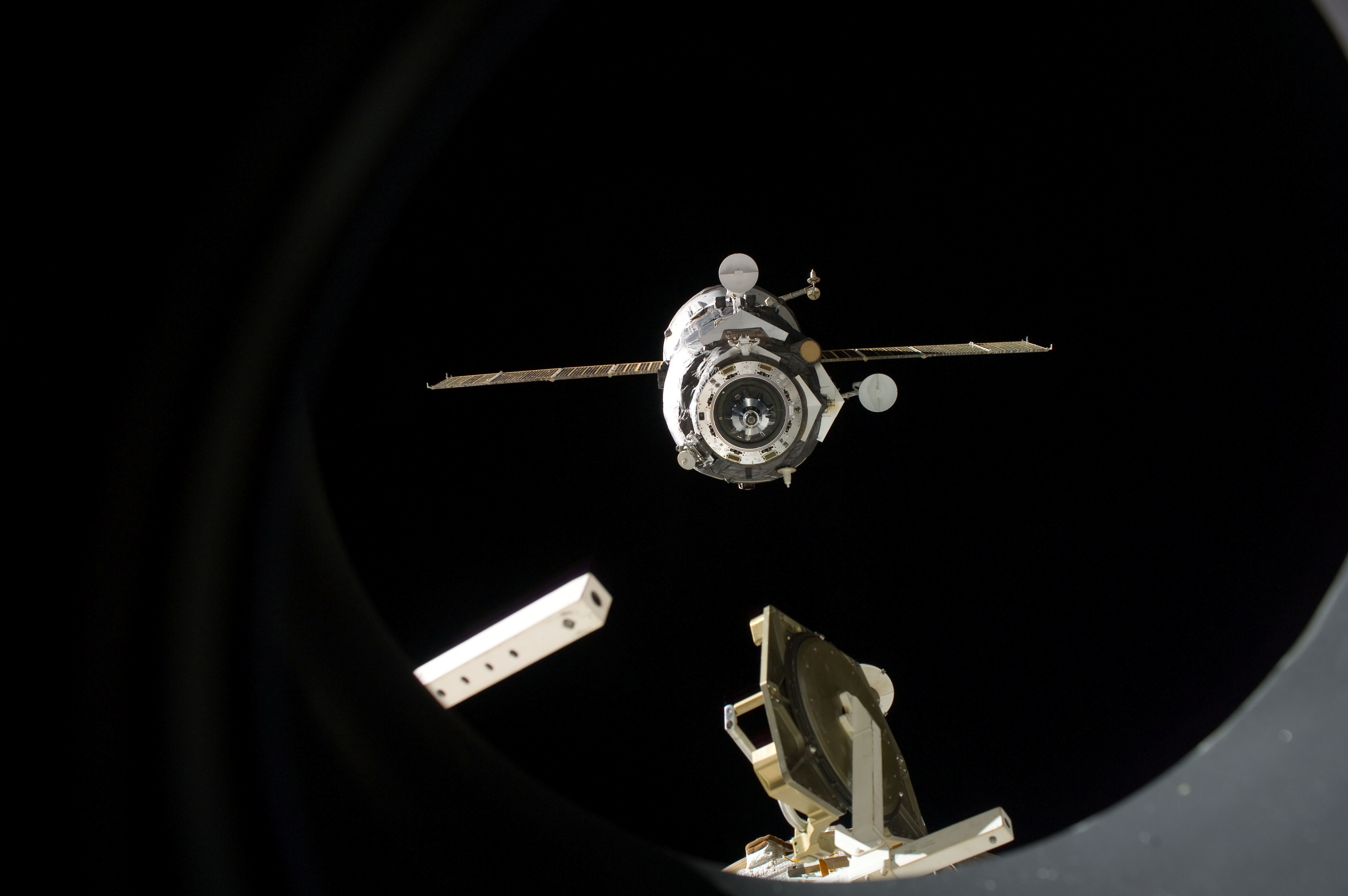|
Kedr
Kedr (russian: кедр meaning ''Siberian pine''; Yuri Gagarin's callsign during the Vostok 1 mission), also known as ARISSat 1 and RadioSkaf-2 (formerly known as SuitSat 2), was an amateur radio Miniaturized satellite, minisatellite operated by RKK Energia as part of the Amateur Radio on the International Space Station and RadioSkaf programmes. A follow-up to the SuitSat spacecraft, Kedr was launched to commemorate the fiftieth anniversary of the Vostok 1 mission. Kedr transmitted 25 greetings in 15 different languages. It also transmitted photos of the Earth, telemetry and scientific data, voice, telemetry and slow-scan television data on a frequency of 145.950 MHz. The satellite was also intended for use in educational programmes. Kedr was a satellite measuring by by . It carried solar cells to generate power, and was expected to operate for six months. For launch, Kedr was stored aboard the Progress M-09M spacecraft, which was launched to resupply the International ... [...More Info...] [...Related Items...] OR: [Wikipedia] [Google] [Baidu] |
Progress M-09M
Progress M-09M (russian: link=no, Прогресс М-09М, italic=yes), identified by NASA as Progress 41P, is a Progress spacecraft which was launched in 2011 to resupply the International Space Station. It was the ninth Progress-M Progress-M (russian: Прогресс-М, GRAU indices 11F615A55 and 11F615A60), also known as Progress 7K-TGM, is a Russian, previously Soviet spacecraft which is used to resupply space stations. It is a variant of the Progress spacecraft, or ... 11F615A60 spacecraft to be launched, and has the serial number 409. The spacecraft was manufactured by RKK Energia, and is operated by the Roscosmos, Russian Federal Space Agency. It arrived at the space station during Expedition 26, and undocked during Expedition 27. Launch and docking Progress M-09M was launched from Gagarin's Start, Pad 1/5 at the Baikonur Cosmodrome, on 28 January 2011 at 01:31:39 UTC. The launch used a Soyuz-U carrier rocket, which placed the Progress spacecraft into a low Earth o ... [...More Info...] [...Related Items...] OR: [Wikipedia] [Google] [Baidu] |
SuitSat
SuitSat (also known as SuitSat-1, Mr. Smith, Ivan Ivanovich, RadioSkaf, Radio Sputnik, and AMSAT-OSCAR 54) was a retired Russian Orlan space suit with a radio transmitter mounted on its helmet, used as a hand-launched satellite. First devised around 2004, SuitSat-1 was deployed in an ephemeral orbit around the Earth from the International Space Station on February 3, 2006. Contact from SuitSat-1 was lost by February 18, and the satellite burned up on reentry in Earth's atmosphere on September 7. A similar hand-launched satellite, Kedr, was released in 2011 and was initially named SuitSat-2, despite not using a space suit. SuitSat-1 The idea for this OSCAR satellite was first formally discussed at an AMSAT symposium in October 2004, although the ARISS-Russia team is credited with coming up with the idea as a commemorative gesture for the 175th anniversary of the Moscow State Technical University. According to Frank Bauer of NASA's Goddard Space Flight Center, a group of Russian ... [...More Info...] [...Related Items...] OR: [Wikipedia] [Google] [Baidu] |
RadioSkaf
SuitSat (also known as SuitSat-1, Mr. Smith, Ivan Ivanovich, RadioSkaf, Radio Sputnik, and AMSAT-OSCAR 54) was a retired Russian Orlan space suit with a radio transmitter mounted on its helmet, used as a hand-launched satellite. First devised around 2004, SuitSat-1 was deployed in an ephemeral orbit around the Earth from the International Space Station on February 3, 2006. Contact from SuitSat-1 was lost by February 18, and the satellite burned up on reentry in Earth's atmosphere on September 7. A similar hand-launched satellite, Kedr, was released in 2011 and was initially named SuitSat-2, despite not using a space suit. SuitSat-1 The idea for this OSCAR satellite was first formally discussed at an AMSAT symposium in October 2004, although the ARISS-Russia team is credited with coming up with the idea as a commemorative gesture for the 175th anniversary of the Moscow State Technical University. According to Frank Bauer of NASA's Goddard Space Flight Center, a group of Russian ... [...More Info...] [...Related Items...] OR: [Wikipedia] [Google] [Baidu] |
Yuri Gagarin
Yuri Alekseyevich Gagarin; Gagarin's first name is sometimes transliterated as ''Yuriy'', ''Youri'', or ''Yury''. (9 March 1934 – 27 March 1968) was a Soviet pilot and cosmonaut who became the first human to journey into outer space. Travelling in the Vostok 1 capsule, Gagarin completed one orbit of Earth on 12 April 1961. By achieving this major milestone in the Space Race he became an international celebrity, and was awarded many medals and titles, including Hero of the Soviet Union, his nation's highest honour. Gagarin was born in the Russian village of Klushino, and in his youth was a foundryman at a steel plant in Lyubertsy. He later joined the Soviet Air Forces as a pilot and was stationed at the Luostari/Pechenga (air base), Luostari Air Base, near the Norwegian border, before his selection for the Soviet space programme with five other cosmonauts. Following his spaceflight, Gagarin became deputy training director of the Yuri Gagarin Cosmonaut Training Center, Cos ... [...More Info...] [...Related Items...] OR: [Wikipedia] [Google] [Baidu] |

.jpg)